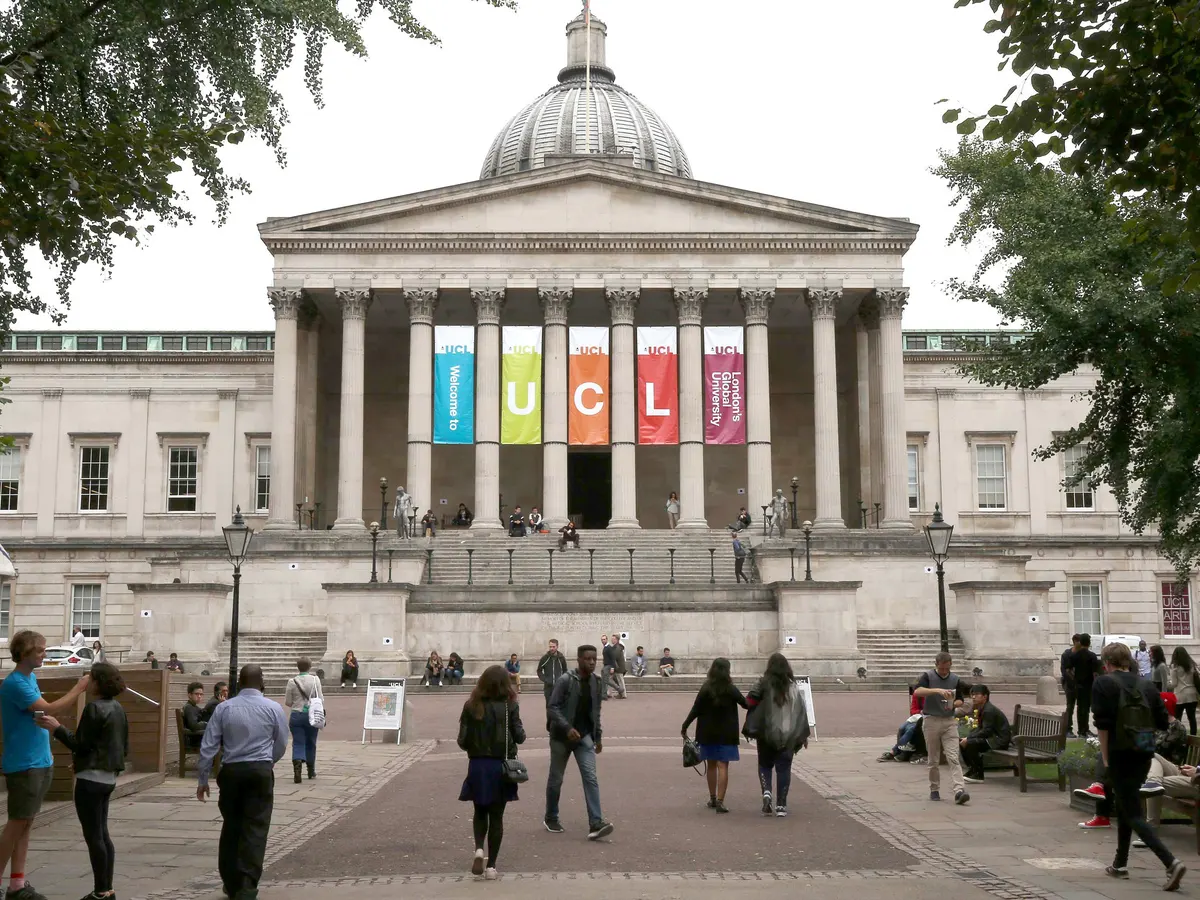In the race to safeguard digital infrastructure, a new frontier has emerged—post-quantum cryptography (PQC) and hybrid computing. As quantum computers inch closer to maturity, experts warn that much of today’s encryption—foundational to global finance, communications, and national security—could be rendered obsolete. Preparing for this seismic shift requires not just new algorithms but also hybrid computing models that blend classical and quantum paradigms to ensure both security and performance.
Why Quantum Threats Matter
Current encryption systems, such as RSA and ECC (Elliptic Curve Cryptography), rely on mathematical problems that classical computers cannot solve efficiently. However, quantum computers could theoretically break these systems using algorithms like Shor’s algorithm, which can factor large numbers exponentially faster than any traditional method. The result? Once quantum systems reach sufficient scale, they could decrypt sensitive data, undermining everything from secure banking transactions to classified government communications.
Gartner has highlighted post-quantum cryptography as one of its top technology trends for 2025, noting that organizations must prepare now for a smooth transition. The urgency is compounded by the “harvest now, decrypt later” threat—where adversaries collect encrypted data today, intending to unlock it once quantum systems are powerful enough. Read Gartner’s technology trends report.
Post-Quantum Cryptography: The First Line of Defense
Post-quantum cryptography involves designing algorithms resistant to attacks from both classical and quantum computers. The U.S. National Institute of Standards and Technology (NIST) is leading global efforts to standardize PQC algorithms. In 2022, NIST announced a first round of candidates, with lattice-based cryptography emerging as a leading approach due to its strong resistance to quantum attacks. Learn more about NIST’s PQC project.
Examples of promising PQC algorithms include:
- CRYSTALS-Kyber (for key encapsulation)
- CRYSTALS-Dilithium (for digital signatures)
- Falcon (another lattice-based digital signature scheme)
- SPHINCS+ (a hash-based signature scheme)
These algorithms aim to balance security, efficiency, and scalability, ensuring they can be integrated into existing systems without crippling performance.
Hybrid Computing: Bridging Classical and Quantum
While post-quantum cryptography fortifies encryption, hybrid computing offers a complementary path by combining classical and quantum resources. Hybrid systems are designed to leverage the best of both worlds—using classical computers for routine operations and quantum accelerators for specific tasks, such as optimization or simulation. For cryptography, hybrid computing allows for gradual adoption of quantum-safe methods alongside traditional systems.
This duality is vital because quantum computers are unlikely to replace classical systems outright. Instead, they will augment them. By developing hybrid frameworks, organizations can ensure continuity while adopting quantum-resistant practices.
Security as a Foundational Need
Security underpins all digital innovation, from AI-driven healthcare to autonomous vehicles. Without trust in digital systems, adoption stalls. As Gartner points out, organizations cannot afford to wait until quantum systems break encryption. Instead, the transition to PQC must begin proactively, with hybrid approaches easing the shift.
Moreover, compliance and regulation are likely to accelerate this transition. Governments around the world, including the U.S., EU, and China, are investing heavily in quantum-safe standards. The White House issued a National Security Memorandum on Quantum-Resistant Cryptography in 2022 outlining a roadmap for quantum-safe adoption across federal agencies.
Industry Momentum
Tech giants are already experimenting with PQC and hybrid systems:
- Google has begun testing PQC in Chrome, ensuring browsers can handle quantum-safe protocols (source).
- IBM integrates quantum-safe algorithms into its cloud services, preparing clients for a hybrid future (IBM Quantum).
- Microsoft is advancing hybrid quantum-classical frameworks in its Azure Quantum platform.
- Startups like PQShield and Quantum Xchange are creating commercial solutions for enterprise adoption.
Telecommunication providers are also exploring quantum key distribution (QKD), which uses quantum mechanics to detect eavesdropping. While QKD is distinct from PQC, it highlights the diverse strategies industries are pursuing to prepare for quantum threats.
Challenges Ahead
Despite rapid progress, several challenges remain:
- Performance Trade-offs: Many PQC algorithms require larger key sizes and more computational overhead than classical counterparts.
- Standardization: While NIST is leading efforts, global coordination is essential for interoperability.
- Legacy Systems: Transitioning critical infrastructure (e.g., financial networks, defense systems) is complex and risky.
- Quantum Uncertainty: Predicting when quantum computers will reach cryptographically relevant scale remains difficult, making timing strategies uncertain.
The Roadmap Forward
The path forward is clear: organizations must adopt a crypto-agility mindset—designing systems flexible enough to switch algorithms as standards evolve. Hybrid computing environments will play a central role, allowing incremental integration of quantum-safe methods without wholesale disruption.
Steps organizations can take include:
- Inventory cryptographic assets to identify vulnerable systems.
- Experiment with PQC pilots in non-critical systems.
- Engage with industry standards bodies to ensure alignment with global protocols.
- Adopt hybrid strategies to integrate PQC gradually alongside classical methods.
Internal Resource: Related Articles
Conclusion
Quantum computing promises to revolutionize industries from drug discovery to logistics optimization. But its disruptive potential extends to security itself, threatening the very foundation of our digital world. Post-quantum cryptography and hybrid computing offer a roadmap to safeguard this foundation, balancing resilience with innovation.
As Gartner emphasizes, security is not optional—it is the prerequisite for trust in a digital future. Organizations that prepare today will not only protect themselves against tomorrow’s threats but also gain a competitive edge in a quantum-enabled world.




